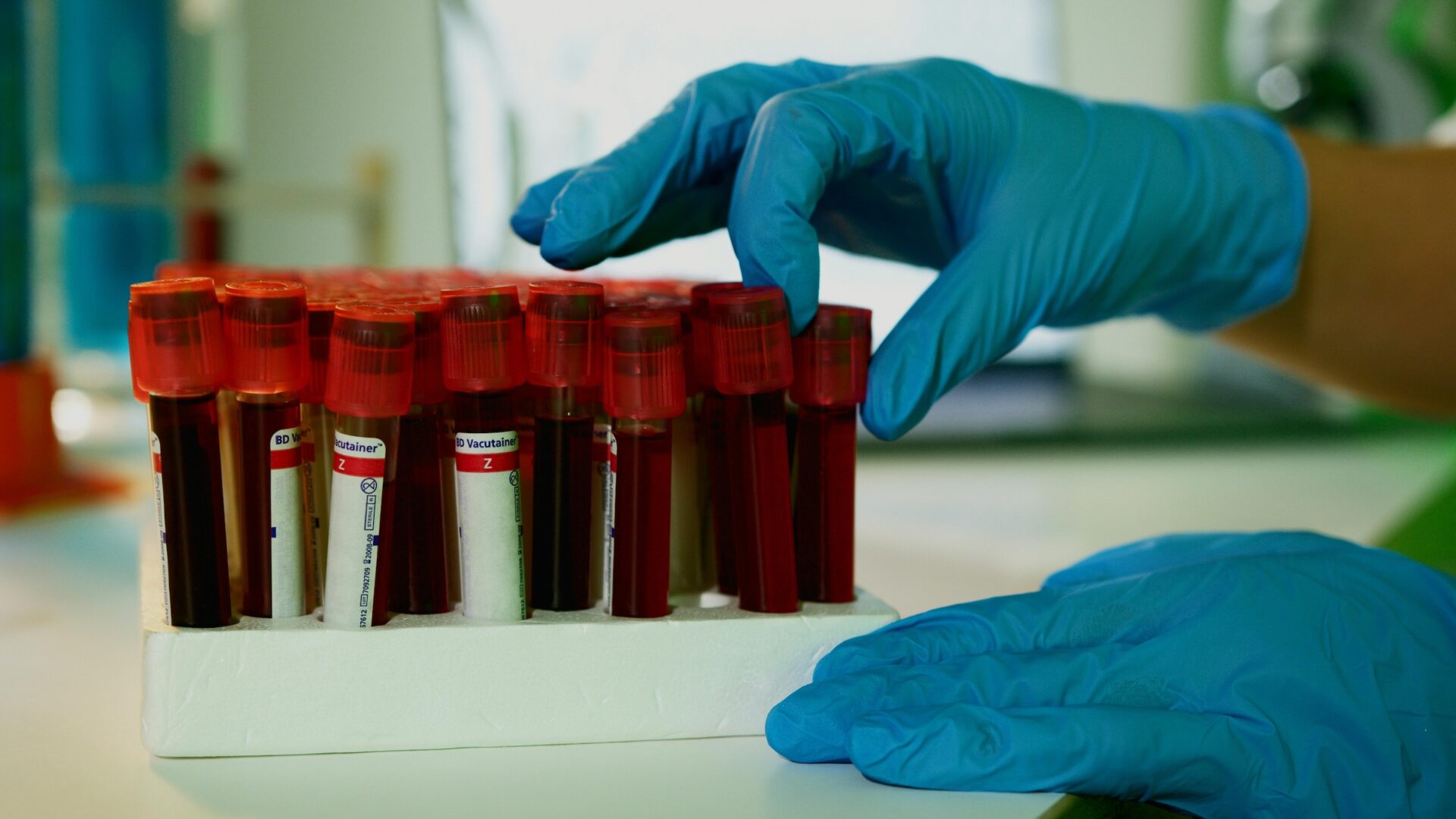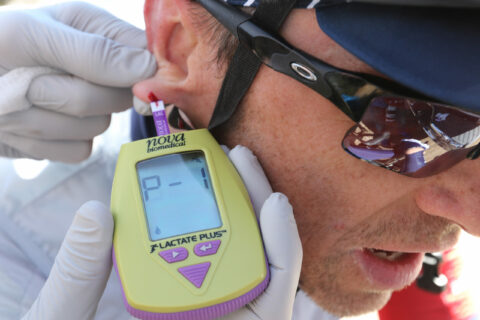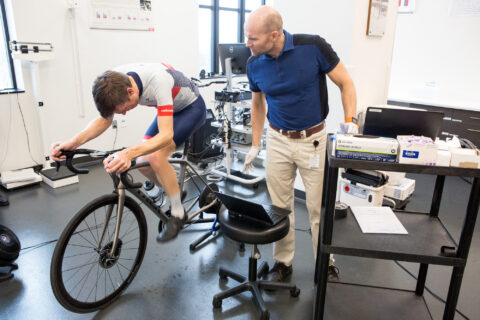A blood profile can help athletes track progress and diagnose issues—but they need to know what to look for and work with a physician to interpret the data. This article will help to demystify your blood profile.
A blood profile can help athletes track progress and diagnose issues—but they need to know what to look for and work with a physician to interpret the data. This article will help to demystify your blood profile.




